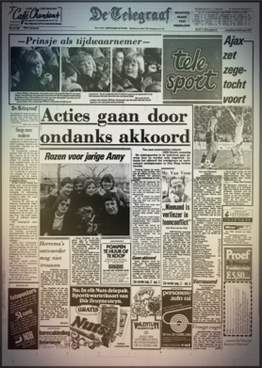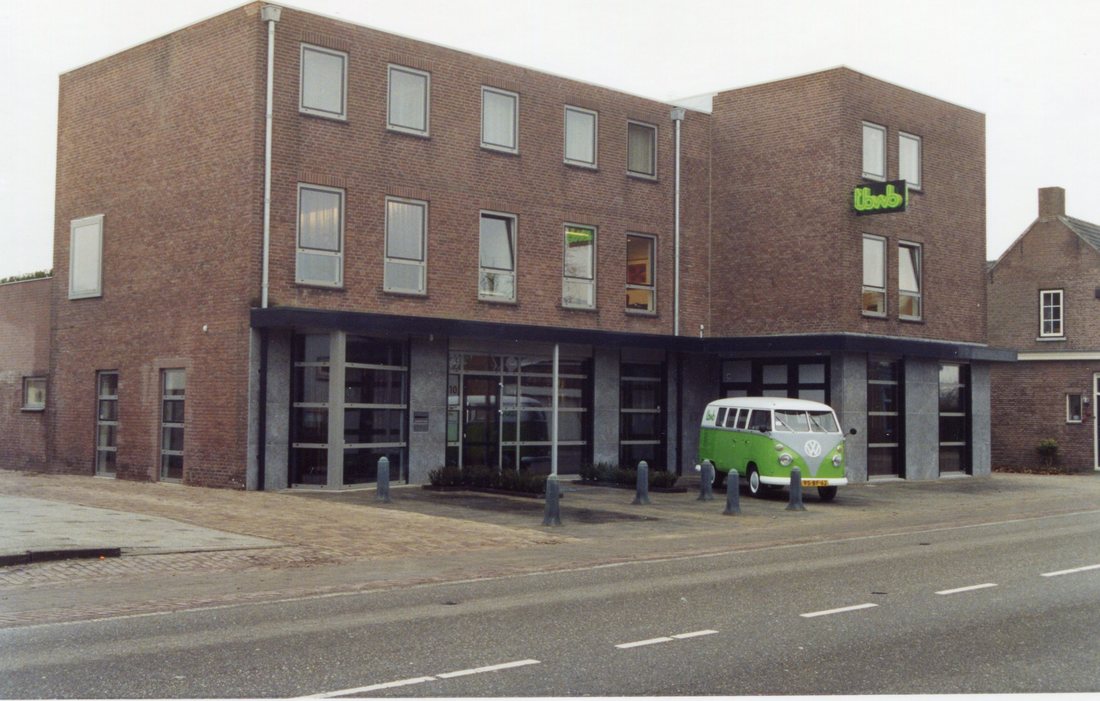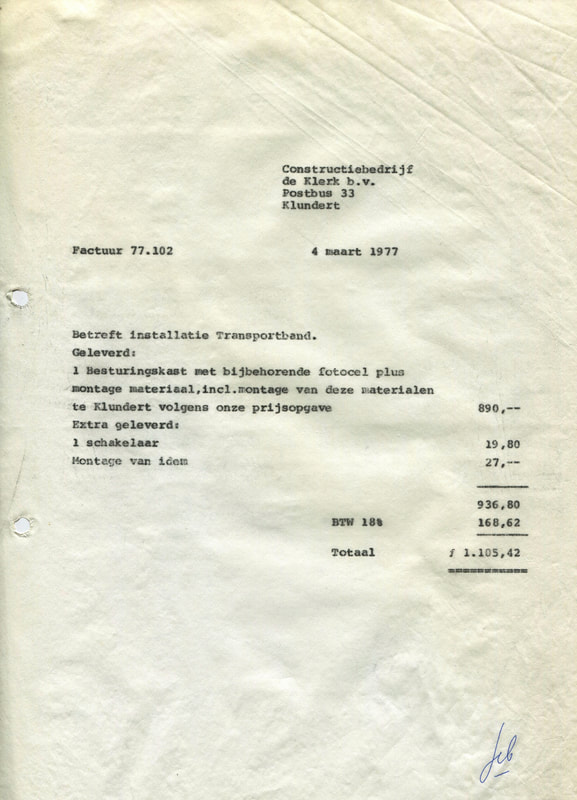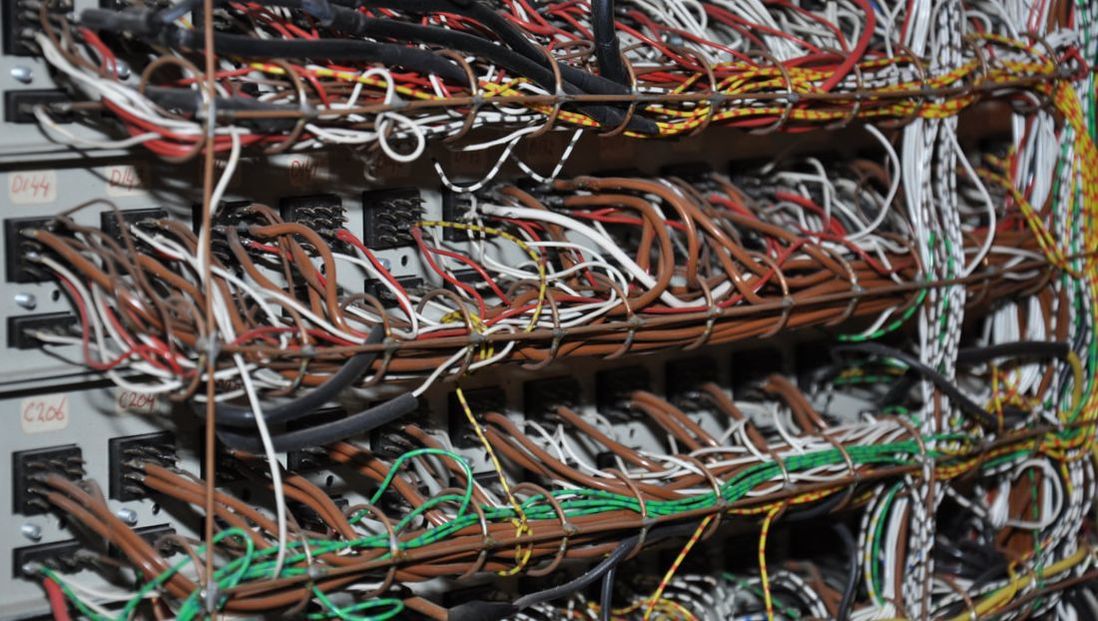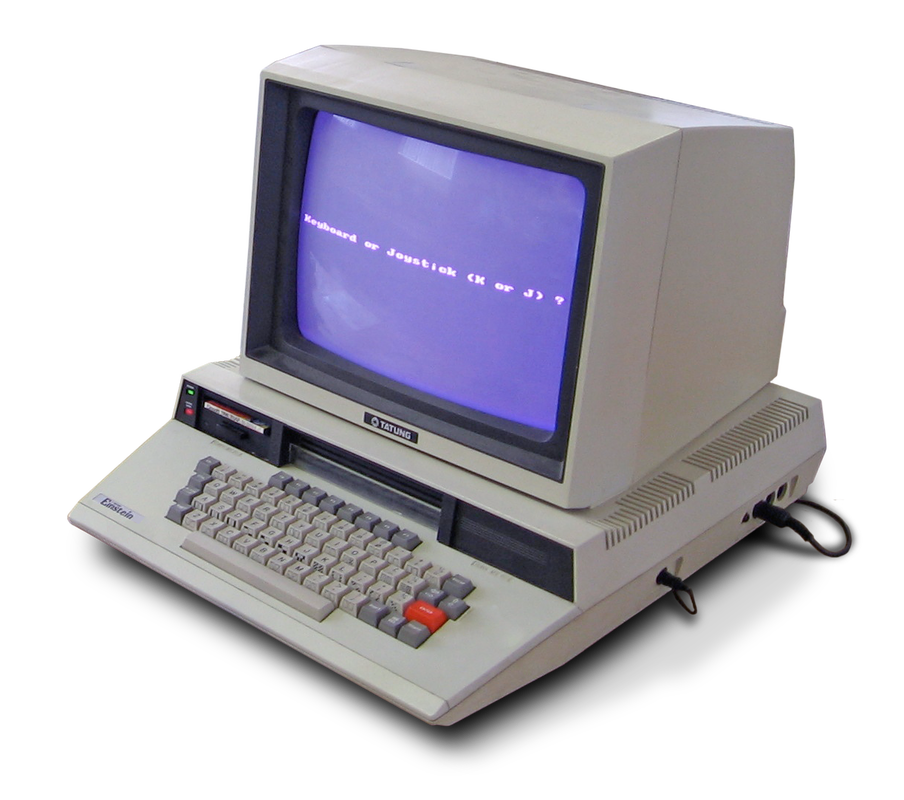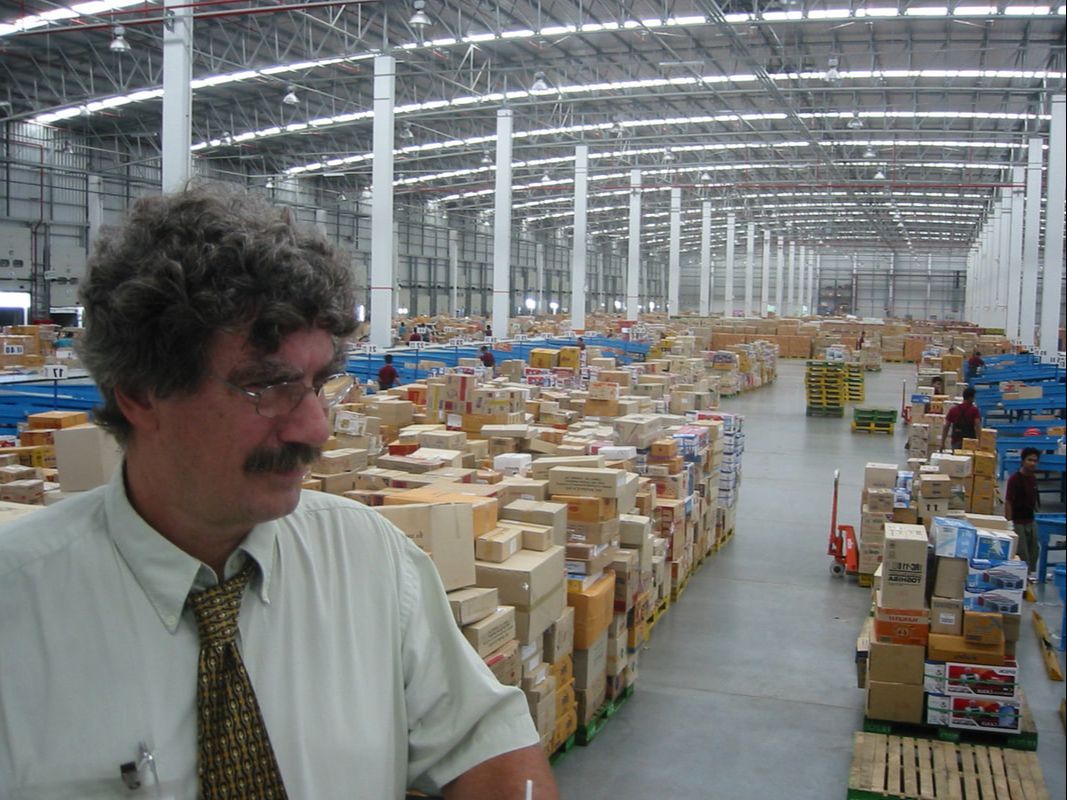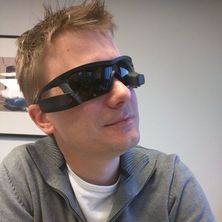TBWB was founded on 14 February 1977 by Henk Friederichs.
How it all beganThe 1970s: the decade of two oil crises in 1973 and 1979, of terrorist attacks in Germany, Italy and some other European countries. Of train and aircraft hijackings. These events overshadowed the economic climate until the 1980s.
In short, not the ideal conditions for starting a firm. Nevertheless, as the main breadwinner of a young family, Henk Friederichs braved strong headwinds to start a company focused on developing control systems for machines and later for logistical installations; the current director - son Bart - was less than 3 months old at the time. |
|
It was an uncertain time to get through, but fortunately there were people who believed in us and, particularly in the early period, gave us their unconditional support. The small former petrol station Rijksweg 110C in Dorst - which these days houses our accounts department - was transformed by handy family members and friends into a small office, warehouse and workshop. There was an old oil stove in it with two radiators. It polluted the air to such an extent that we often chose to work outside in the cold anyway. But TBWB had an address, it was dry and we could work there.
We only got a phone connection in November, because the cable running through Dorst was 'full'. So we used the phone of our neighbours, Hotel Restaurant "De Roskam". And, of course, our home phone, where we also did office work. |
|
In those days, TBWB used electromechanical components such as pulse relays and time relays and conventional motor assemblies. Start, stop, emergency stop and thermal disturbance were the only human-machine interfaces.
In more extensive installations, we did use mimic diagrams for extra information. We only built machine controls, but we did already build them into the internal logistics. |
|
After a few turbulent years of the start, TBWB got its feet on the ground and was able to start growing. Slowly,
turnover and the number of employees grew. The rise of the first Programmable Logic Controller (PLC) replaced the electromechanics of the 1970s. TBWB quickly adopted this new technology to write sorting software based on shift registers. In the early 1980s, PCs also came onto the scene for inputting data, connected to the PLC with serial interfaces. All the data and software were stored on floppy disks which held just 256 or 512 kilobytes. |
After the Wall came down, it seemed as though everything would be right in the world for ever, including in the Netherlands. Prosperity soared; everyone had money. TBWB embraced digital technology in automation. PCs developed further and got cheaper. These devices were no longer used only for data entry, but also for storing and quickly processing that data.
The 21st century loudly announced its coming with the attack on the Twin Towers in New York. The dot-com bubble had just burst; the prosperous 1990s were definitely over. There was a new reality. TBWB made a strategic change of direction by taking on complete projects itself as a systems integrator.
|
The company started developing software for WCS, WMS and MES, and acquired extra know-how of machines and complete systems. Digital technology developed further; TBWB applied industrial TCP/IP networks and worked closely with suppliers of internal transport. Together with business partners, customers, colleges and universities, TBWB developed the Logistacker, the Optical Bin and a revolutionary feed system for a high-speed sorter.
In April 2009, Bart Henk succeeded his father as CEO of TBWB. |

